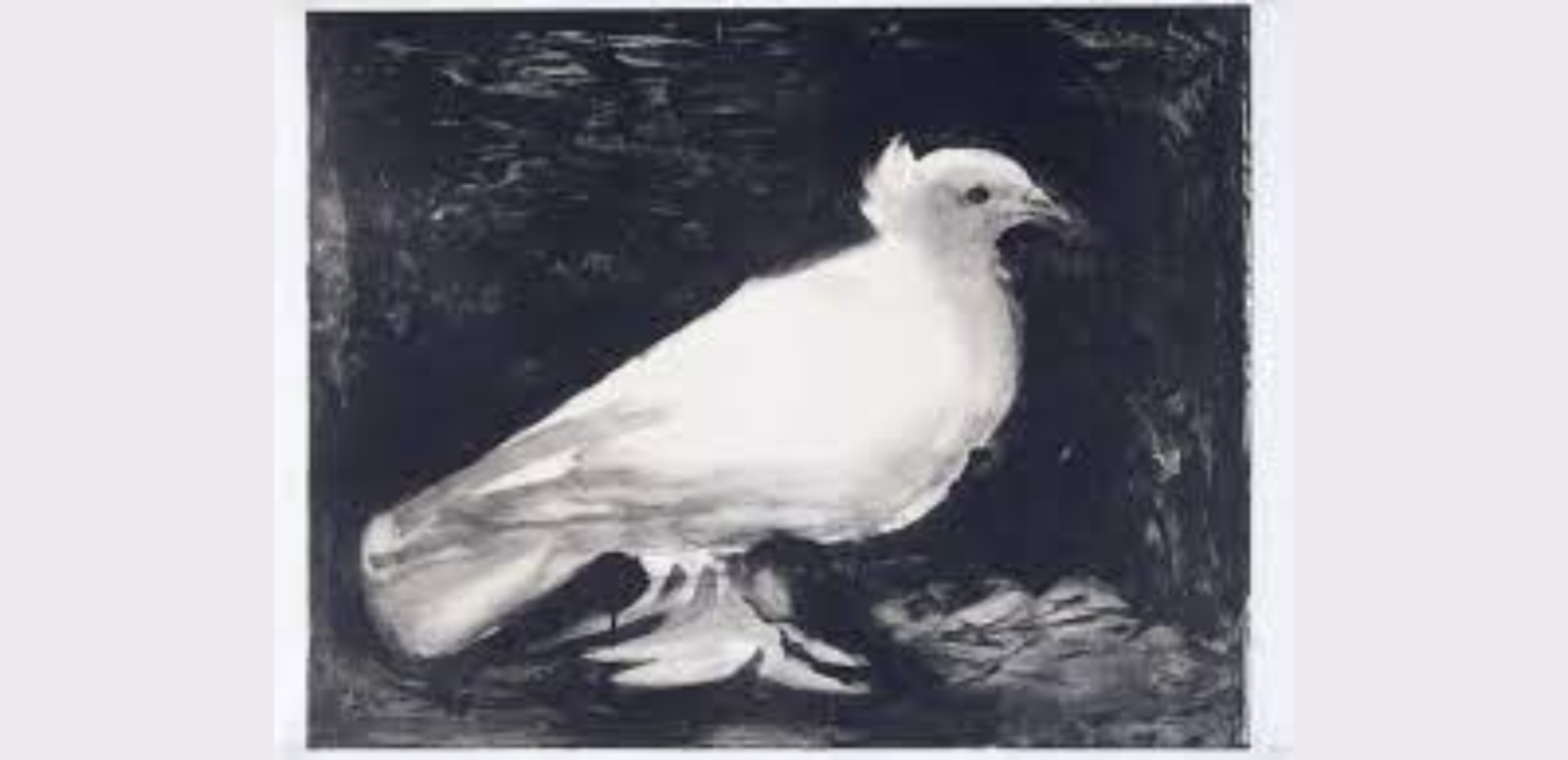
On 30 January, schools in Spain celebrate the School Day of Nonviolence and Peace with drawings and murals evoking Pablo Picasso's dove of peace, which has become a symbol of nonviolence in the 20th century.
Every 30 January since 1964, the School Day of Non-Violence and Peace (SNVPD) has been celebrated as a tribute to Mahatma Gandhi, who was assassinated on 30 January 1948. In the framework of this commemoration, recognised by UNESCO in 1993, schools and institutes in Spain claim every year on this day values such as peace, tolerance, solidarity, harmony and respect for human rights, with drawings, murals and other initiatives featuring Picasso's dove, the famous symbol painted by the Andalusian artist for the first World Peace Congress, which took place on 20 April 1949 in Paris.
Every year, pupils from all over the country take part in this action aimed at calling for peace in the world. Also those of the nearly forty schools named after Picasso, Pablo Picasso or Pablo Ruiz Picasso. In Andalusia, these schools number more than twenty, but there are also schools and institutes named after the artist from Malaga in Madrid, Castilla y León, Castilla La Mancha, Catalonia, Galicia and even in the autonomous city of Ceuta.
This year this date takes on special relevance, as it is celebrated in 2023, when five decades after the death of Picasso, the author of great works of war and peace, will be commemorated. Arguably one of Picasso's most iconic works of war is Guernica, a testimony to the drama and destruction of the Spanish Civil War, but now universally conceived as a collective emblem of human rights.
While Picasso's work sometimes reflected the cruelty of war, on many other occasions it also emphasised the importance of harmony, harmony and peace in a Europe battered by the Second World War. In this sense, Picasso succeeded in constructing two universal icons of war and peace: Guernica and the dove, the sign of peace in the 20th century.
Picasso's dove for the World Peace Congress in Paris was not the artist's only appeal to non-violence; on many other occasions he also referred to pacifist and fraternal coexistence, as in "Dove in Flight on a Black Background" (1950) and "The Face of Peace" (1951).
Picasso's fixation with this bird was always due to the influence of his father, José Ruiz Blasco, who was a pigeon fancier and a realist painter known for his pigeon compositions studied in the open air. In 1952, in the midst of the post-war period, he produced two large panels entitled La Guerre et la Paix, responding to the numerous international appeals for peace to which Pablo Picasso was deeply committed.
-This news has been published by media such as: Diario Siglo XXI and Noticias De

